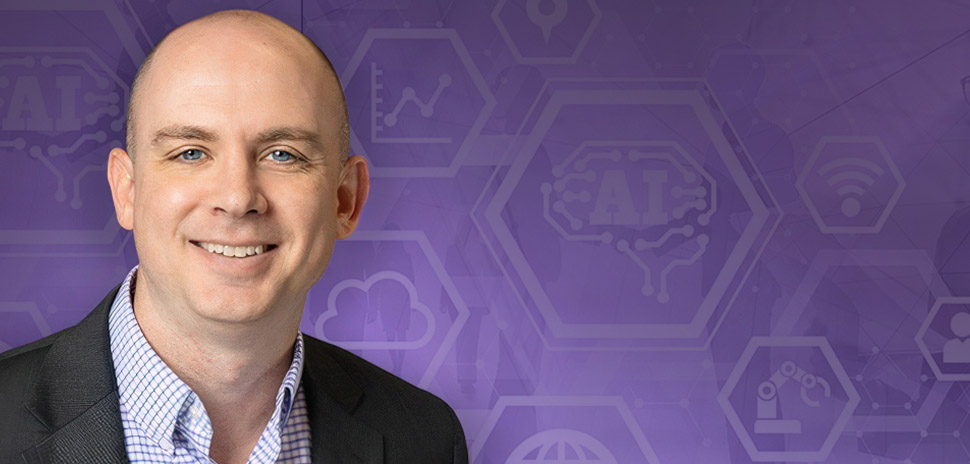
Arseneau, Faculty Leader at TCU Neeley Executive Education, sees AI specialization creating unexpected challenges—and opportunities—for corporate leaders. [Image sources: TCU, istockphoto]
If you’re a corporate executive who bought into generative artificial intelligence expecting one super-tool to transform your operations, you might want to talk with TCU’s Eric Arseneau. The Gen AI reality hitting boardrooms demands more strategic thinking than most realize—and could be more powerful than they imagine.
Arseneau, a faculty leader at TCU Neeley Executive Education in Fort Worth, says companies are discovering that AI specialization creates unexpected friction for organizations attempting to integrate these tools into daily operations.
Writing in TCU’s recent insights publication, Arseneau notes that while AI has moved up Gartner’s “Slope of Enlightenment” to deliver “tangible and repeatable benefits,” the technology’s evolution toward specialized models designed for specific functions like coding, data analysis, and marketing content creation requires more strategic thinking from corporate users than simple plug-and-play adoption.
In other words, that all-purpose AI assistant executives were promised? It’s becoming multiple specialists, and knowing which one to call matters. “Significant trial and error is required to determine which model is best suited for a specific task,” according to Arseneau.
What follows are his most surprising strategies for executives navigating this new reality, from non-technical execs building their own software to the rise of “software mechanics.” These aren’t the typical AI talking points you’ve been hearing. They’re the shifts your organization will likely face in the next 12 to 18 months.
Your HR director might soon be building software.
Arseneau sees non-technical executives creating their own enterprise software through AI—specifically through natural language commands rather than coding.
“The most promising discussion around generative AI centers on empowering everyone to build software through natural language,” he writes in TCU’s recent insights publication. “If the director of human resources is unhappy with the cost or limitations of the enterprise software the company is using, it might be time for that director to assemble a team to build a custom, in-house solution.”
Arseneau suspects “many companies will develop an entrepreneurial (product management) role as the leader of such new initiatives.” These internal entrepreneurs would oversee AI-built solutions, then coordinate with external “software mechanics” for fixes when things break.
In other words, forget waiting for IT or vendor updates. Department heads might soon be spinning up their own solutions using natural language commands.
The rise of the software mechanic
When these AI-built systems break—and they will—Arseneau thinks an entirely new service model will emerge.
“We may soon see the car mechanic model play out in software.”
His take flips traditional software maintenance on its head. Instead of continuous updates and subscription models, companies might operate more like car owners, building something once, then calling in specialists when it breaks.
“Just as faulty cars are taken to the mechanic when they need service, so too will software (that was completely built by AI) be taken to development agencies for repair,” he writes. “When the custom software breaks or needs maintenance, it will be taken to software mechanics (who also use AI).”
Why the best AI models are intentionally slow
Companies used to equating speed with quality are in for a surprise. Arseneau notes that “reasoning” models designed for complex problems deliberately work slower than simpler models.
“This is intentional, as these models are structured to internally critique and refine their outputs before presenting them to the user,” he explains. “We expect the newer model car to be faster than the older model. In the case of AI models, however, faster is not always better.”
In other words, the AI that takes longer might actually be doing better work: it’s thinking before it speaks.
Stop policing AI use, start celebrating
While executives worry about employees misusing AI or exposing intellectual property, Arseneau warns they’re missing the bigger picture.
“When I see teachers focusing on catching students using AI tools, I fear we are missing the forest for the trees,” he says. The same dynamic plays out in corporations debating AI detection and prevention.
He recommends corporate leaders reward experimentation and celebrate small wins. “Shifting the focus from detection and fear to empowerment and innovation fosters a positive adoption environment,” he writes.
Why AI companies won’t help you figure it out
Perhaps the most frustrating revelation is that you shouldn’t expect much help from AI providers themselves.
“These organizations, likely driven by intense competition, often deprioritize supportive documentation and tutorials,” Arseneau observes. “As a result, managers face uncertainty about model functionalities, limitations, and ideal use cases.”
The reality he describes: AI companies are racing to release the next model, not focusing on explaining how to use what they’ve already built. This forces organizations to develop internal expertise through trial and error, or invest in executive education programs.
“Closing this gap requires internal expertise, strategic partnerships, and focused executive education to enable responsible deployment despite limited external transparency,” Arseneau writes.
The real business value starts now
The AI revolution, at least for now, isn’t plug-and-play. But for organizations willing to climb AI’s learning curve, Arseneau sees real business value emerging. As he puts it, “few innovations have made such a broad impact across so many areas of business at such remarkable speed.”
His advice for executives navigating this messy reality? Stay informed.
Arseneau says that navigating generative AI’s rapid evolution requires continuous learning. “Leaders must develop the agility and practical insight necessary to harness these tools effectively,” he writes. “
In this environment, he adds, it “isn’t optional – it’s imperative.”
Lance Murray contributed to this report.
Don’t miss what’s next. Subscribe to Dallas Innovates.
Track Dallas-Fort Worth’s business and innovation landscape with our curated news in your inbox Tuesday-Thursday.
R E A D N E X T
-
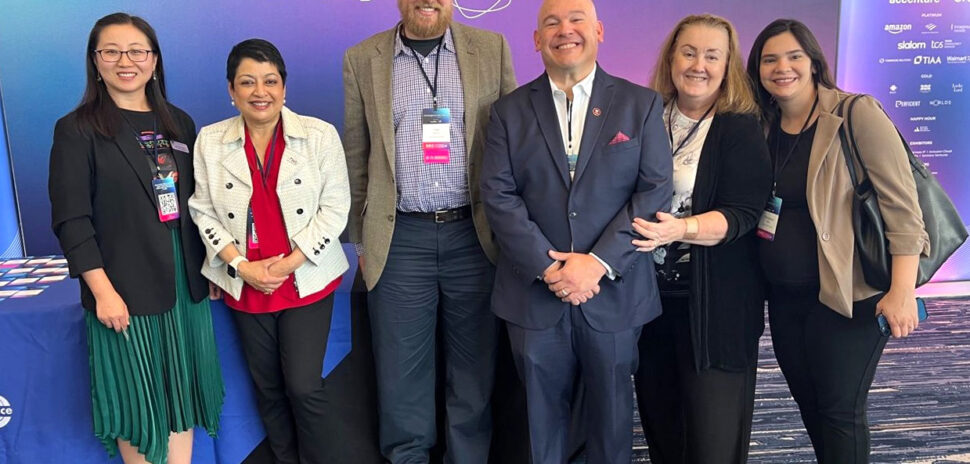
From Corporate Politics to AI, Lee Brown’s Research Transforms Education and Earns Him a Spot Among DFW’s Top Innovators.
-
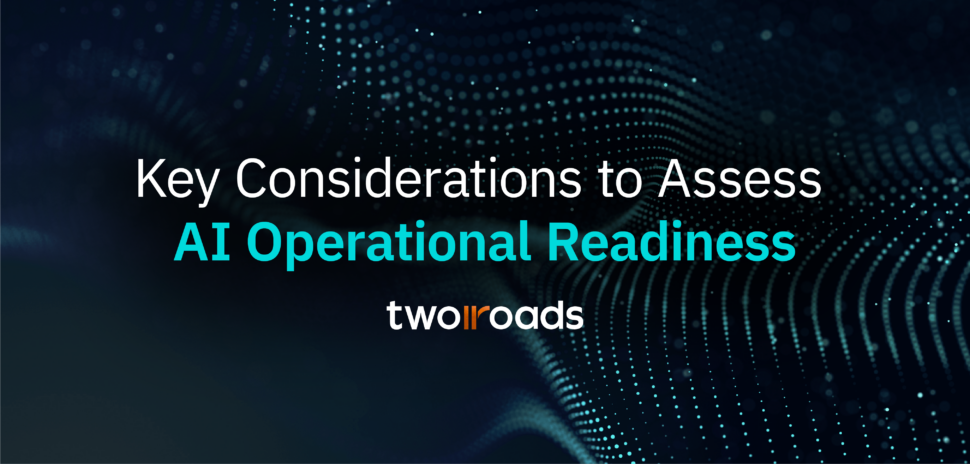
Avoid common pitfalls with practical insights from guiding Fortune 500 companies through AI adoption
-
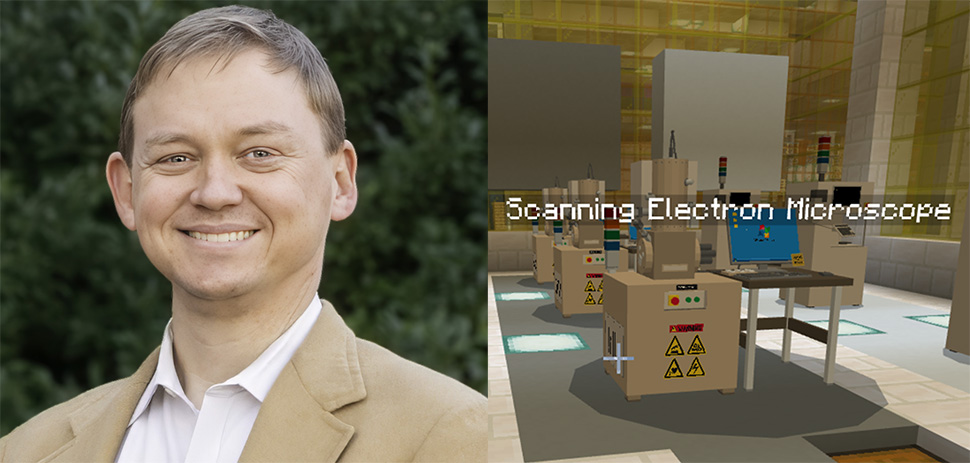
UT Dallas researcher Dr. Walter Voit transformed Minecraft’s 170-million-player universe into an advanced virtual training ground—for students and for AI agents tested by DARPA. His team’s Polycraft World uses gameplay to turn classroom theory into real-world expertise, covering topics from synthetic organic chemistry to nuclear plants to semiconductor facilities. Their new startup company, Pedegree Studios, has licensed the core technologies from the university to create a scalable digital pipeline for education and workforce development.
-
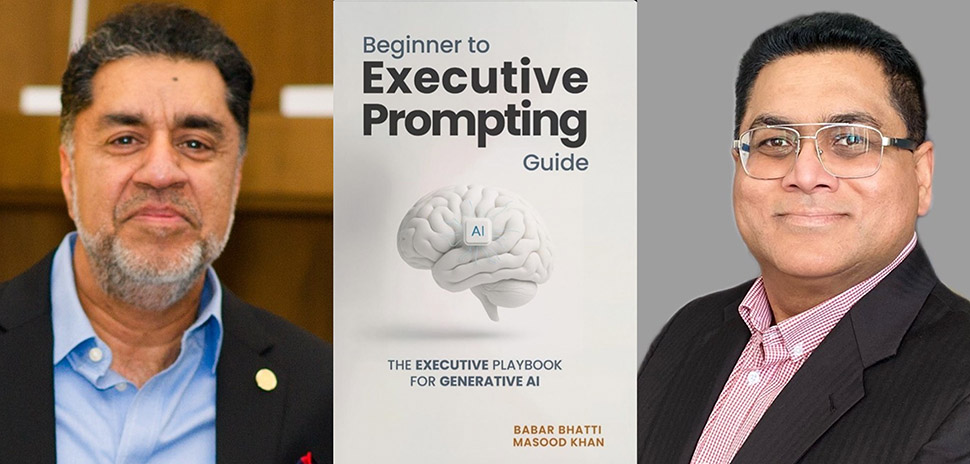
Most people are getting AI all wrong—asking random questions and getting mediocre results, say Babar Bhatti and Masood Khan. Their new guide shows how to prompt like a pro and turn AI into your strategic team.
-
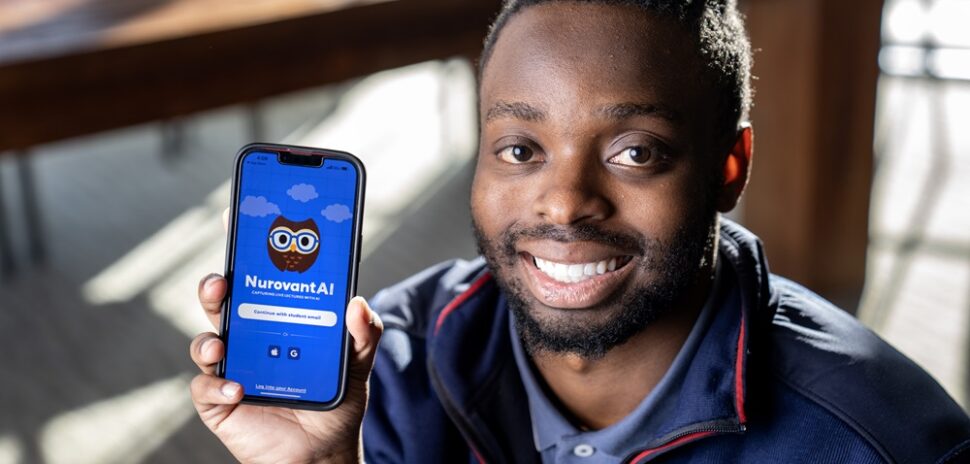
Trevor Gicheru created Nurovant AI, an app that converts lectures into flashcards, quizzes, and summaries, helping students focus on key themes. With support from institutions like SMU, Harvard, and MIT, he’s now scaling his venture and aiming for a $2-3 million seed round in 2025.